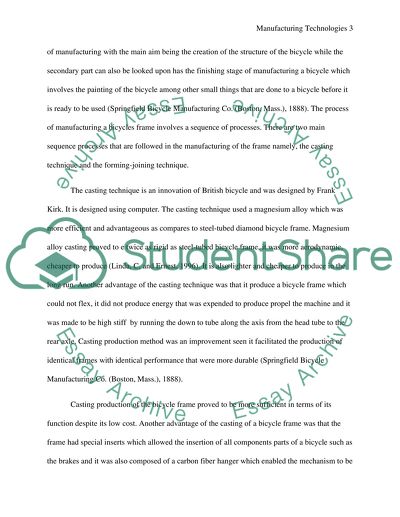Cite this document
(Manufacturing Technologies Coursework Example | Topics and Well Written Essays - 1500 words, n.d.)
Manufacturing Technologies Coursework Example | Topics and Well Written Essays - 1500 words. Retrieved from https://studentshare.org/engineering-and-construction/1494197-manufacturing-technologies-assignment
Manufacturing Technologies Coursework Example | Topics and Well Written Essays - 1500 words. Retrieved from https://studentshare.org/engineering-and-construction/1494197-manufacturing-technologies-assignment
(Manufacturing Technologies Coursework Example | Topics and Well Written Essays - 1500 Words)
Manufacturing Technologies Coursework Example | Topics and Well Written Essays - 1500 Words. https://studentshare.org/engineering-and-construction/1494197-manufacturing-technologies-assignment.
Manufacturing Technologies Coursework Example | Topics and Well Written Essays - 1500 Words. https://studentshare.org/engineering-and-construction/1494197-manufacturing-technologies-assignment.
“Manufacturing Technologies Coursework Example | Topics and Well Written Essays - 1500 Words”, n.d. https://studentshare.org/engineering-and-construction/1494197-manufacturing-technologies-assignment.


